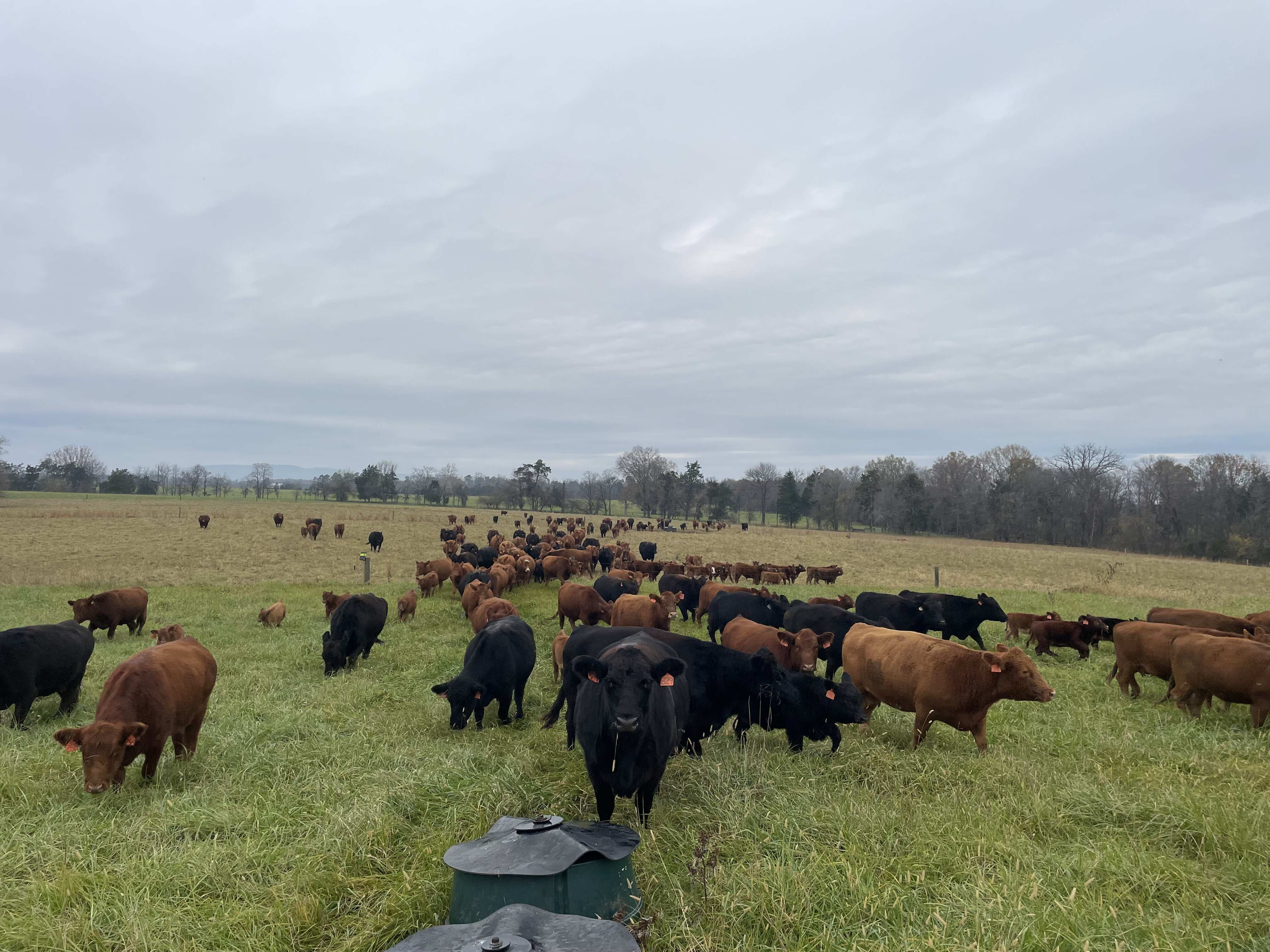Rucker Bluebirds
posted on
June 13, 2024
Yesterday evening was a memorable first for the kids and me! Pictured above is Allison Huysman, a PhD student with the Smithsonian, involved with the "Virginia Working Landscape" project. We are fortunate to host Allison at the Rucker cottage this season as she conducts her bluebird-specific research at our location.
For months, we have been observing Allison from a distance, intrigued by her tools and nets hanging from the trees for insect collection. Last night, we had the exciting opportunity to participate in her first attempt to catch a male and female bluebird pair with five-day-old nestlings in our garden shed. Allison's skill in handling the birds was impressive, though I only have our barn cats to compare her to.
For about an hour, we watched through binoculars, observing the distinct behaviors of the male and female birds as they perched on a telephone wire and collected insects from the ground. Allison set up an eight-foot-tall mist net, which is difficult for the birds to see, hoping they would fly into it and gently fall into a small pocket for collection.
We first caught the male, with his vibrant blue plumage, and about 20 minutes later, the female followed. The excitement was palpable—I cheered out loud, and Toren ran, Sigrid waddled, eagerly behind Allison to see the birds up close.
Allison then performed a series of tasks, including placing each bird in a paper bag to collect a fecal sample for DNA sequencing of the insects they eat on the farm. She also placed an identifying bracelet on each bird in case they are recaptured in the future. She recorded various data points, some of which went over my head, but I recall her blowing on the birds' belly feathers to examine the color and distribution of their fat through their thin skin.
After the birds were released, we peeked into their nest to see three young chicks. I have always felt connected to the birds at Rucker—the barn swallows, goldfinches, hawks, and broilers—but witnessing a full bluebird family felt uniquely special. I am deeply invested in their well-being, especially since they chose the garden shed, specifically behind an axe, for their nest. I am grateful that Toren and Sigrid got to witness this experience and share in my childlike excitement as we learned from Allison.
The end goal is that Allison will be placing permanent bluebird boxes around the property next year. We are thrilled for Rucker Farm to be involved with this work and I predict this is just the beginning!




